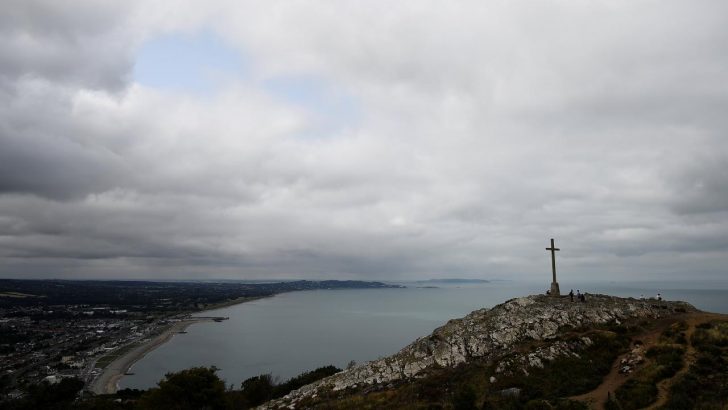Ian d’Alton
The social history of modern Ireland
Edited by Eugenio F. Balgini & Mary E. Daly (Cambridge University Press, £24.99)
This substantial and weighty (literally – it’s 635 pages come in at a little under 3lbs) is self-described as a textbook. This does it both justice and injustice. The textbook element – the extraordinary breadth of topics covered, and the timespan it professes to speak of (1740 to the present) – will comprehensively fill the well of knowledge. But it is much more.
Advanced students will come away with pithy and well-expressed insights; and signposts, principally in ‘further reading’ sections appended to each chapter.
There are healthily different perspectives on similar topics. For instance, Andrew Holmes and Eugenio Biagini characterise the 1951 ‘mother-and-child’ controversy as a process whereby ‘the Catholic hierarchy was perceived to oppose essential welfare legislation in order to retain control of the care for pregnant women’.
Colin Barr and Daithí Ó Corráin claim that ‘too much’ has been made of the scheme, which, they suggest, was less a Church-state crisis than an internal government one.
Such nuances might have been commented upon in the editors’ introduction, highlighted as evidence of the ongoing debates that are the hallmark of lively historiography. Incidentally, this example points up a weakness in the comprehensiveness and reach of the index, important in a textbook – the Holmes and Biagini reference is indexed, the Barr and Ó Corráin one not.
Occupations
The volume is arranged in three parts. The first, ‘geography, occupations and social classes’, contains excellent and comprehensible chapters on demography from John Fitzgerald, ‘Town and city’ by David Dickson, and ‘The farmers since 1850’ by Paul Rouse.
An extensive chapter (20 pages) deals with ‘Catholic Ireland, 1740-2016’; that seems a tad ambitious, and it is.
The division into two very long periods (1740-1878, and 1878-2016) is separated by Cardinal Cullen’s death; the authors accept Emmet Larkin’s view that Cullen produced a ‘revolution’ in Catholic observational, devotional and respectful life.
And yet, there is a significant subversive underground in the latter period (not just from the 1970s onward) in which Catholic mores and morals were in constant conflict with everyday life –with land agitation and other advanced nationalist movements, as well as the social phenomena of jazz, radio, dance, cinema, dress, drink and the like.
In that context, the authority of the Church in recent years was, in many respects, just waiting for a tap before it would shatter.
The second part of the book is ‘People, culture and communities’, dealing with such matters as living conditions and housing, food, education, childhood, crime, associational life and gender roles. Full of the nuts-and-bolts of getting and spending, this is the sort of grounded history that is properly at the heart of Irish social history.
‘Like most western democracies, Ireland was becoming a society of minorities…’
Migration occupies the third part. Seeing ourselves going out, and others coming in, puts our well-known propensity for Irish ‘exceptionalism’ into perspective – we are not so different, after all. Bronwen Walter’s essay on ‘The diaspora in comparative and multi-generational perspective’ deserves mention as a significant addition to our understanding.
Eugenio Biagini’s (second) essay is on ‘Minorities’, in which he excavates the histories of Huguenots, Jews and Travellers. His perceptive conclusion – that in recent times ‘Like most western democracies, Ireland was becoming a society of minorities…’ – is an eloquent counterpoint to the historical tradition that still sees a simple bi-polarity between Catholics and Protestants as the principal one to be examined and discussed.
A final section of the volume sees two thoughtful essays, from Guy Beiner and Eunan O’Halpin, on ‘Remembering and forgetting in Irish history’.
Volumes like this cannot be comprehensive; this is a social history, not the social history.
Two points might be mentioned. One significant omission is the absence of a chapter on the influence of the press – newspapers, journals, periodicals and the like. These were not just the transmitters and recorder of social values: the press formed them too. Even if ephemeral, it was more than a wrapper for a fish-and-chip supper.
Again, while the introduction, at barely three pages, might be regarded as admirably concise, it leaves us wanting considerably more. Just as a fish-and-chip supper requires salt and vinegar for flavouring, so this volume tantalises with what the editors might have given us – an extensive overview contextualising the many fine individual essays it contains.



